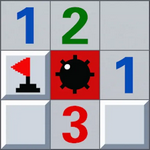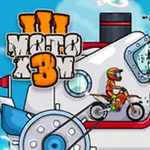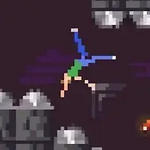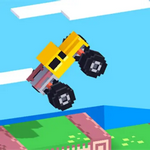
drag box Unblocked
## Drag & Drop: The Unexpectedly Engaging World of Drag-and-Drop Games
Drag-and-drop games, often dismissed as simple or childish, represent a surprisingly diverse and engaging genre that continues to captivate players of all ages. From casual puzzle solvers to complex strategy titles, the core mechanic of dragging and dropping objects unlocks a wealth of gameplay possibilities, often masked by their deceptively simple interface. Let's delve into the appeal and variety within this underestimated gaming world.
The Allure of Simplicity and Accessibility:
The immediate appeal of drag-and-drop games lies in their accessibility. The intuitive nature of the core mechanic eliminates a steep learning curve. Players of any age or technical skill can jump in and start playing without needing extensive tutorials or complicated controls. This ease of access opens the genre up to a broad audience, making it perfect for casual gaming sessions or quick bursts of entertainment.
Beyond Simple Puzzles: Diverse Gameplay Mechanics:
While many drag-and-drop games focus on simple puzzle mechanics, like matching objects or solving spatial reasoning challenges, the genre encompasses a far wider range of gameplay:
* Inventory Management: Games like many RPGs and tycoon simulators rely heavily on drag-and-drop for managing inventory, equipping characters, and constructing buildings. The simplicity of the interaction allows for complex systems to be presented in an accessible manner.
* Strategy & Simulation: Some strategy and simulation games cleverly utilize drag-and-drop for unit deployment, resource management, and even real-time combat. The intuitive nature of the action allows for quick decision-making in dynamic scenarios.
* Creative Tools & World Building: Numerous games centered around creativity, like some building simulators or even digital art software, employ drag-and-drop for placing objects, constructing environments, and manipulating elements within the game world. This allows for a highly intuitive creative experience.
* Educational Games: The inherent simplicity and visual nature of drag-and-drop makes it an excellent tool for educational games. They are often used to teach vocabulary, sorting skills, problem-solving, and even coding concepts.
The Evolution of Drag-and-Drop:
The genre is not stagnant. Developers constantly innovate, introducing new mechanics and complexities to the basic drag-and-drop formula. We see increasing sophistication in puzzle design, more intricate strategic layers in simulations, and richer, more immersive environments in creative tools.
The Future of Drag-and-Drop:
The future of drag-and-drop games looks bright. As technology advances, we can expect even more innovative uses of the mechanic. Virtual reality and augmented reality could further enhance the intuitive nature of drag-and-drop, providing even more immersive and engaging gameplay experiences.
In conclusion, while often overlooked, drag-and-drop games represent a rich and versatile genre offering a surprising depth of gameplay across a variety of styles. Th








































